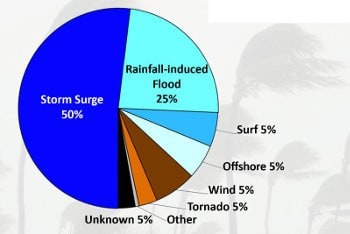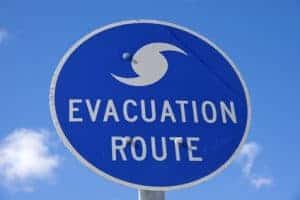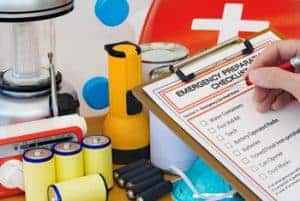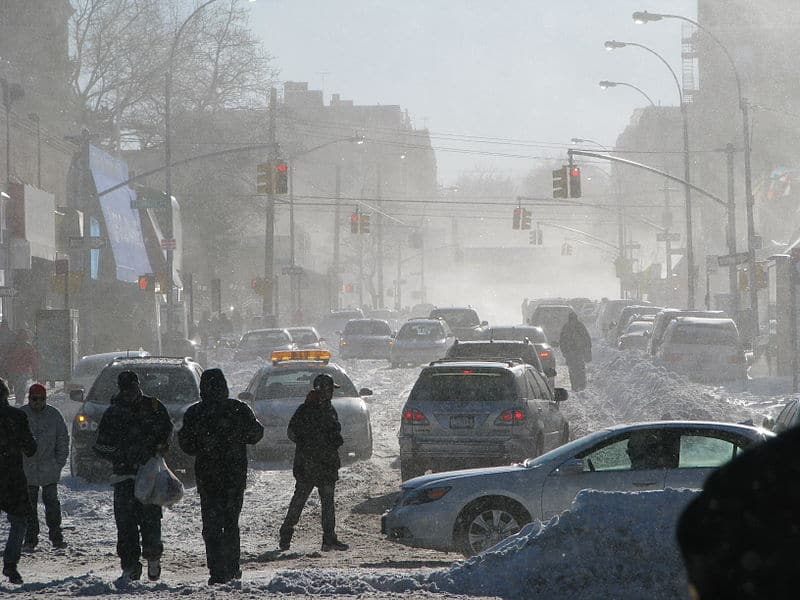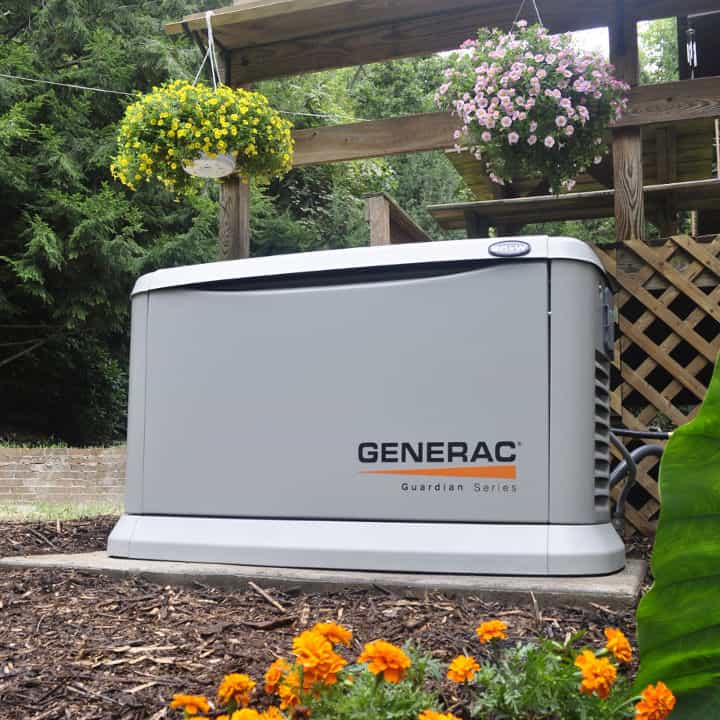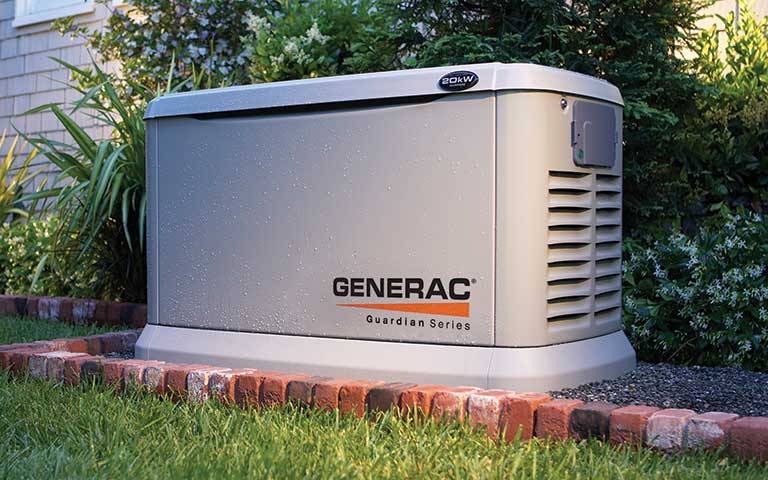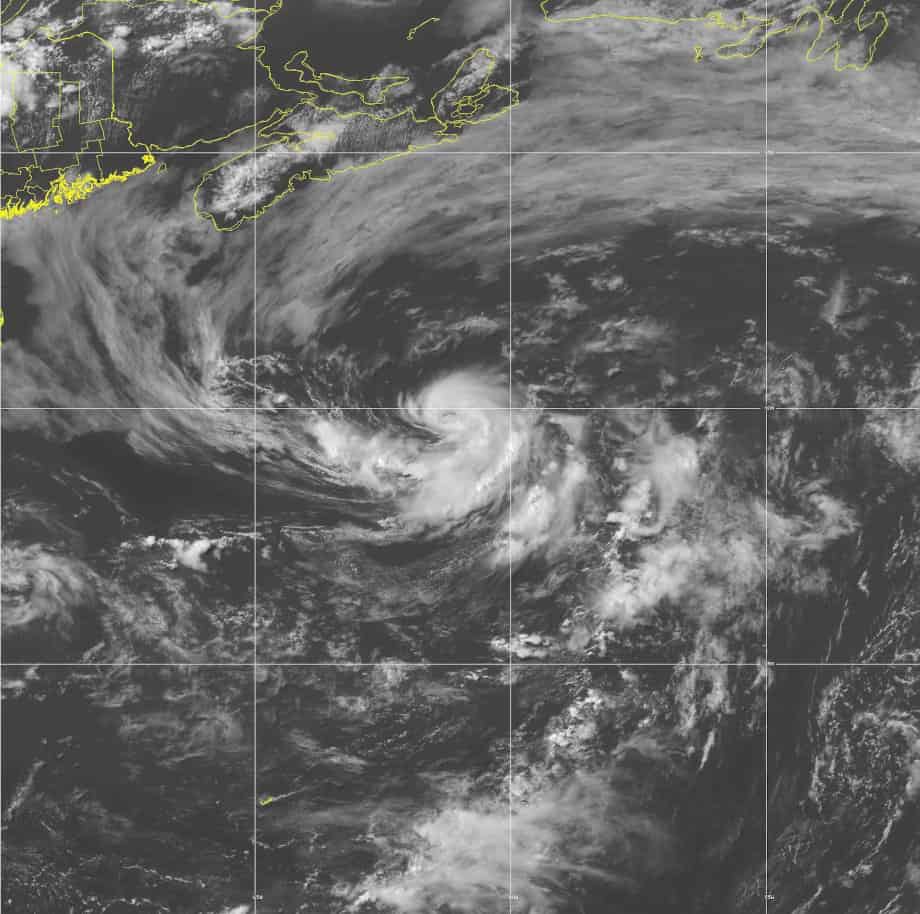After Several Catastrophic and Record-Setting Seasons, East and Gulf Coast States Prepare
The 2017 Atlantic Hurricane Season set a few records. A total of 17 named storms evolved into 10 successive hurricanes, 6 of which were major hurricanes of category 3 or higher. Two Category Five storms made landfall. 2017 is the only year on record that three tropical cyclones—Irma, Jose, and Maria—each had an Accumulated Cyclone Energy greater than 40. Harvey, Irma, and Maria caused record-setting damage to the USA and the Caribbean. Puerto Rico lost its entire power grid and crews spent 18 months to get the power back on. Dominica and the U.S. Virgin Islands also suffered catastrophic damage.
The 2018 Hurricane Season became the third above average season in three years with 16 tropical cyclones including 8 hurricanes and 2 major hurricanes. The damages totaled 50 billion dollars.
Now looking ahead at 2019, the situation may not have improved as of this writing. Long-range forecasts predict an average to slightly above average season which could mean 15 tropical cyclones and a similar number of hurricanes and major hurricanes as last year. The formation of El Nino in the Pacific Ocean may temper the Atlantic Hurricane Season, but only time will tell.
Hurricane Preparedness: Things to Remember While Preparing for a Hurricane
Hurricane Risks
Tropical Cyclones—depressions, tropical storms, and hurricanes, all bring with them a series of risks that threaten life and property. Hurricanes get the most press, but tropical storms sometimes drop more water on an area than most hurricanes. Storm Surge is the deadliest risk factor followed closely by Flooding and then Extreme Winds. Hurricane Maria in 2017 reached peak intensity with 175 MPH Winds and slammed into Puerto Rico.
Other hurricane hazards include tornados, heavy rainfall, flying debris, power outages, rip currents and large waves.
Power outages after a hurricane can last days and sometimes weeks. When large portions of the local distribution grid are damaged or destroyed, utility crews labor long hours to get power to their customers. The result is spoiled food, moldy homes, and residents trying to survive in sweltering humidity.
Hurricane Preparedness: Know Your Risks – Make Your Plans
Emergency Power
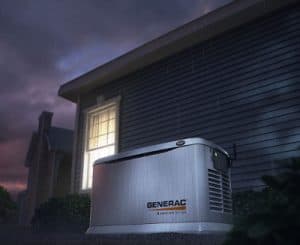
Home Standby Generators Keep Your Lights on and Appliances Working Throughout the Hurricane Until Utility Crews Restore Power
How long can you last without electricity? After a hurricane, power outages often last days and in some cases, weeks. A Home Backup Generator runs automatically on natural gas or propane, even during the strongest winds and heaviest rain at the height of the hurricane. Your refrigerator stays cold, and the freezer still works. Sump pumps keep running.
After the storm has passed, a portable generator can supply power to necessities until the electric utility repairs the damage. A manual transfer switch is the best connection to your home, but extension cords can work too. Don’t forget that you will need a steady supply of gasoline for the duration of the outage. At half load, a mid-sized portable uses 17-18 gallons of gasoline every day.
Portable Inverter Generators are quieter and more fuel efficient. The higher capacity models use about half the fuel of a regular portable of the same capacity. Follow the manufacturer’s instructions and obey all portable generator safety rules.
All generators need maintenance during extended power outages. Keep two or three maintenance kits on hand with extra oil. Check the oil every day and top off as necessary. Refer to your owner’s manual for required maintenance schedules and perform the tasks as required.
Hurricane Preparedness: Your Completed Hurricane Disaster Plan
Evacuation Plans
People whose homes are within reach of a storm surge will probably receive evacuation orders. Storm surge represents the greatest danger to residents and takes more lives than all other combined hazards.
Find out if you live in an evacuation zone. Learn where local authorities disseminate information. Bookmark websites, write down radio and television stations and purchase an NOAA weather radio to receive alerts from Federal authorities.
Map your Evacuation Route and travel it to familiarize yourself with how you will leave.
Don’t forget to make plans for your pets. They will need food, water, and shelter, and should not be left at home if you evacuate. Rumors that hotels and shelters are required to accept pets during a hurricane emergency evacuation are false. Make plans for your pets, take them with you, and ensure their safety.
Leave immediately if ordered to evacuate. Routes become clogged and jammed with cars as everyone tries to leave at the same time, and often at the last minute.
Remember. When the National Hurricane Center issues a hurricane warning, about 36 hours remain until the hurricane arrives.
Hurricane Preparedness: Disaster Planning and Preparation
Stock Supplies Now Before June 1
As soon as authorities issue a hurricane warning, people race to the store and within a few hours, shelves are empty of staples and nonperishable foods. Home centers and lumberyards run out of plywood. Lines form at gas stations.
Instead of waiting for the watch or warning, buy your supplies ahead of time. Fill your pantry with enough nonperishable food and water for at least one week. Keep in mind that when the power is out, you won’t have the electric stove for cooking. A standby generator can solve that problem, but you should conserve your power and use low wattage appliances like crock pots, slow cookers, and electric fry pans.
The pets need food and water too. Take note of how much water you give them each day and store that much for each pet plus some extra. Keep a week of non-perishable pet food on hand.
One gallon of water per person makes a good rule of thumb. Plan extra for washing up.
Have enough batteries for your radios, flashlights, and don’t forget the backup cell phone batteries. Try to have at least two extra sets of batteries for everything.


